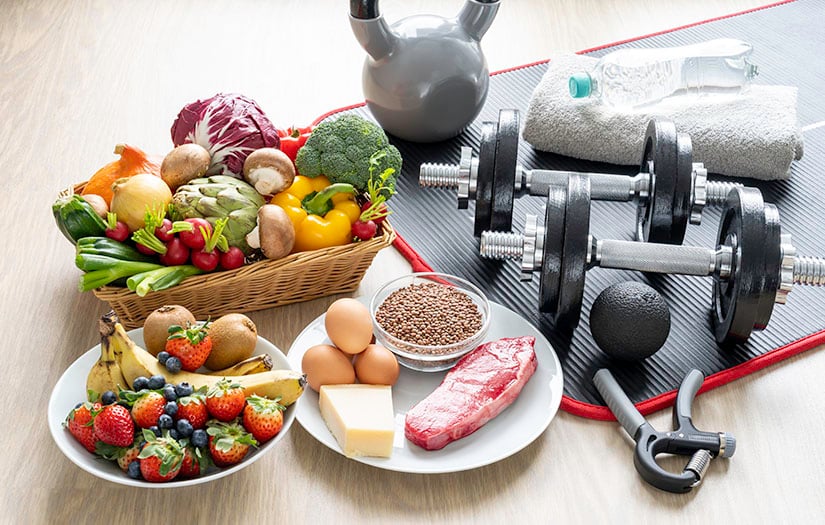international society for sports nutrition
International society for sports nutrition
Nutritional strategies for tactical athletes should include a comprehensive hydration plan. Despite the best efforts of athletes and support personnel, dehydration can be a major source of performance loss spin rider casino.
As elite athletes, it is crucial that they can trust that their supplements are free from contamination with any substances that could result in them failing drug tests. Even one banned substance could have lifelong repercussions and cost millions in endorsement deals.
To figure out the amount of carbohydrate you need, multiply your weight in pounds by 2.2 to get your weight in kilograms then based on that you’ll need 6–10g of carbs per kg of bodyweight. If you have an intense or long workout, you’ll need more than 90 grams of carbohydrates per hour.
Each batch will be tested against Informed Sport’s standards via paper-based assessment; once this stage of the program has been successfully completed, they will be awarded certification and can use the Informed Sport logo on their packaging.

Sports nutrition centers
Choose high-quality carbohydrate-rich foods that are minimally processed. This includes any whole fruit, starchy vegetables such as whole potatoes and corn, a variety of whole grains (including oats, whole grain bread, and wild rice), and beans.
For the most part, athletes will eat higher quantities of food more often than non-athletes because food is equivalent to energy. But that isn’t always the case, and some meal plans may work better for you than for someone else.
When it comes to meals and snacks, timing is everything. You should try to aim for three spaced-out meals a day with snacks in between each meal. When it comes to exercise, you’ll want to have something small to eat (usually carbs or protein) at least an hour or two before exercising and immediately after a workout.
8. Morton RW, Murphy KT, McKellar SR, Schoenfeld BJ, Henselmans M, Helms E, et al. A systematic review, meta-analysis and meta-regression of the effect of protein supplementation on resistance training-induced gains in muscle mass and strength in healthy adults. Br J Sports Med. 2018 Mar;52(6):376–84.
6. Mountjoy M, Sundgot-Borgen J, Burke L, Carter S, Constantini N, Lebrun C, et al. The IOC Consensus statement: beyond the Female Athlete Triad—Relative Energy Deficiency in Sport (RED-S). British Journal of Sports Medicine. 2014 Mar 11;48(7):491–7.
Supplement sports nutrition
The idea: Most of your protein—about 80 to 90 percent—should come from the “Eat More” and “Eat Some” columns. The other 10 to 20 percent can come from whichever column you prefer. This provides you with flexibility while still allowing you to nail the essentials.
Many people experience iron deficiency, so taking a supplement boosts iron levels and supplies blood and oxygen to the muscles and organs. Athletes use up iron reserves because the body loses it through sweat, menstruation, and excrement.
A 2022 study published in the journal Nutrients found that consuming BCAAs mitigated muscle soreness for athletes after they engaged in resistance training. Another study, published in January 2020 in the Journal of the International Society of Sports Nutrition, found that taking commercially available BCAA supplements can allow athletes to sustain higher workloads over time.
The number of calories you need as an athlete depends on your size, age, overall activity level, and goals. The easiest way to calculate your personal calorie needs is to use our nutrition calculator.

The idea: Most of your protein—about 80 to 90 percent—should come from the “Eat More” and “Eat Some” columns. The other 10 to 20 percent can come from whichever column you prefer. This provides you with flexibility while still allowing you to nail the essentials.
Many people experience iron deficiency, so taking a supplement boosts iron levels and supplies blood and oxygen to the muscles and organs. Athletes use up iron reserves because the body loses it through sweat, menstruation, and excrement.
Sports nutrition jobs
Sports Nutritionists with one to four years of experience in the field can expect to make salaries ranging from $34,392 to $59,495 per year. Most dietitians and nutritionists working for a company can expect to make $33,433 to $61,000 per year with a median salary of $42,261. Those working for non-profit organizations such as community recreation centers can expect to earn salaries ranging from $39,786 to $53,145.
Fitness-focused nutrition jobs can be found in many commercial gyms and fitness centers, as well as community centers such as YMCAs. Individuals will need at least a bachelor’s degree in a nutrition program to qualify for this type of job and in some cases a Registered Dietitian is required.
Additional certifications in the fitness industry can be beneficial for those working in fitness-focused nutrition. It can demonstrate the diversity of your knowledge and make you more marketable for fitness nutrition jobs which also might include duties such as personal training or group exercise instruction. For example, certifications in personal training or health and fitness instructing from the American College of Sports Medicine and the American Council on Exercise are well known and respected in the field.
A nutritionist or dietitian working in a fitness setting provides nutrition consultations for members and offers eating plans for weight loss and improved health. In addition, the development of nutrition education programs, creating handouts and writing newsletter articles are all possible duties in this position.
Becoming certified by organizations recognized by the Institute for Credentialing Excellence can make you more competitive when trying to land a sports nutrition job. An exercise certification through the American College of Sports Medicine is well respected in the field.